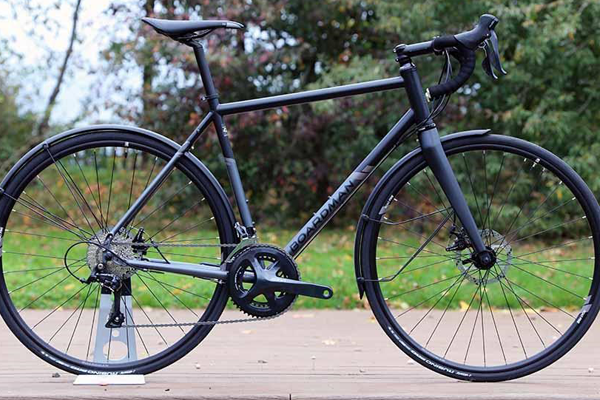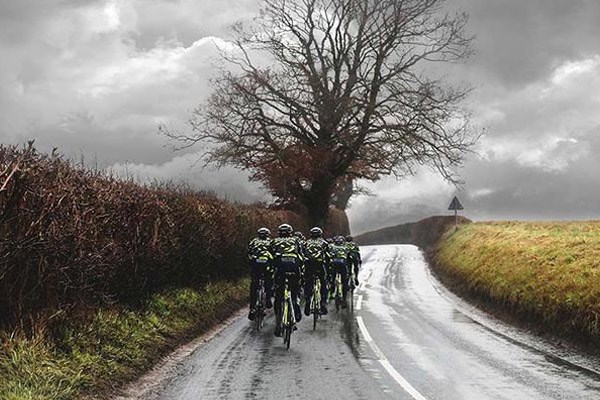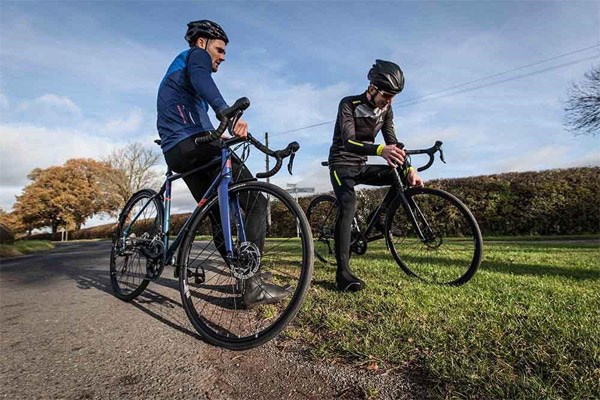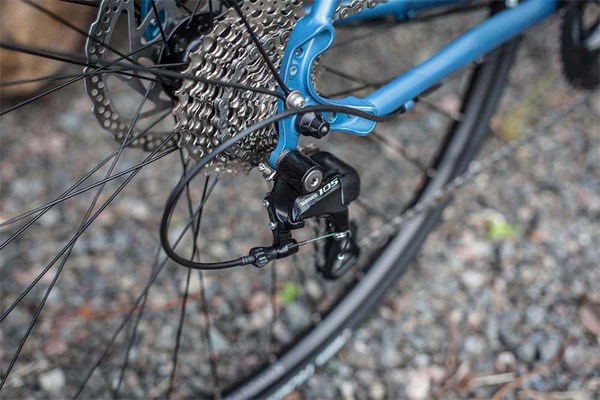A Guide To Winter Road Bikes
Substance over style. Function over form. Winter road bikes are the practical and reliable way of getting comfortable winter training miles through the cold and wet months.
They’re not all carbon weave, truncated aerodynamic tubing and 80 gram cassettes - they’re just the right tool for the job when it comes to cycling in the colder, darker months. Riding through the winter will see you stronger, fitter and faster come spring and summer.
What is a winter road bike?

Put simply, a winter road bike is something that’s up to the task of riding long, slow miles in inclement weather, something which we have plenty of here in the UK.
The frame is usually aluminium, sometimes steel, just definitely not carbon.
It’ll have lower-end componentry, when compared to your best bike, be able to take mudguards with a decent width tyre underneath and more than likely have disc brakes.
Why should you own a winter bike?

A slight majority said yes, but what if you’re in the minority? Why should you invest your hard-earned cash in a road bike just for the winter? Firstly, a winter bike will prolong the life of your best bike. A bike you love. A bike you love so much, in fact, that you wouldn’t dare take it outside on a wet December afternoon. Saving the best for spring, summer and early autumn will mean you won’t be wearing out expensive wheels, cassettes and chains.
Secondly a specific bike for the colder months enables you to tailor it to the riding conditions you’ll experience. Mudguards, wider tyres and disc brakes help with road grime, comfort, puncture protection and assured stopping respectively.
When you switch back to your best bike in Spring you’ll really feel its benefits.
How To Buy The Best Winter Road Bike For You

The comfort factor
Common parlance amongst the road cycling fraternity is the phrase: winter miles equal summer smiles. From November to February, the best winter bike should enable you to keep clocking up those miles to get ready for the warmer months.
Look for a forgiving frame design, no tiny headtubes or slammed stems here thank you! Adventure and gravel or cyclocross bikes can make suitable winter hacks thanks to comfort orientated geometries alongside disc brakes and wide tyres.

Mudguard mounts
Mudguards are an absolute must in winter. They’ll prevent you and certain parts of your bike from becoming a sorry mess as you ride along.
The best mudguards for road bikes in terms of coverage and longevity are those that are fitted directly to mounts on the frame of a bike, rather than those that clip, strap or tie on. This extra security for your mudguard mounts will ensure your winter bike is better prepared for worsening conditions on bad roads. Another one for your shopping list then: a winter bike must have mudguard mounts.
Disc brakes
No matter whether they are cable or hydraulic, disc brakes provide better stopping power than rim brakes, especially when it’s raining, so they’re ideal for winter training bikes.

Tyre clearance
British roads in winter tend to be more rutted than the surface of the moon and for that reason a set of 28mm or 32mm tyres, rather than the traditional 23 or 25mm, can help immeasurably.
A wider contact patch with the road aids comfort whilst also having the added benefit of increasing traction, something you’re going to want plenty of if you’re riding on wet, greasy roads.

Affordable, yet dependable components
Riding a winter bike with top end componentry isn’t the wisest decision. Winter tends to grind wheel rims, chains, chainsets and cassettes into submission so stick to parts that you can afford to replace.
Look for sensible gear ratios too as winter riding is less about full on efforts in the big ring and more about spinning out the miles.




